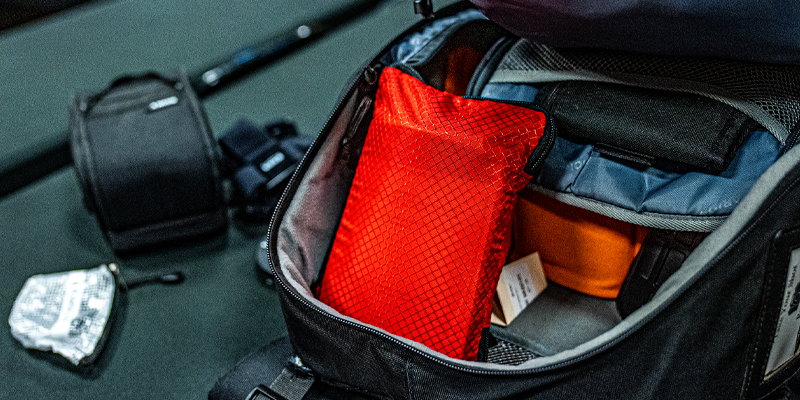
WHAT THE HECK IS AN IFAK?!
By Matt Smith Retired Special Forces Medic
Carrying an individual first aid kit (IFAK) is a smart and responsible choice that everyone should consider. Accidents can happen anytime and anywhere, and having a basic knowledge of first aid and necessary supplies can help save lives and prevent further injury.
This is the truth.
And…,unless you have been living under a rock, you have probably been introduced to the concept of the IFAK. The term IFAK started getting thrown around in the early 2000s after Tactical Combat Casualty Care protocols became widely accepted across the military services. The compact but comprehensive trauma kit that we know today as an IFAK has become a staple component of the gear worn by Tacti-files and preppers. It always blows my mind when I hear people on the street with no military or law enforcement background talk about IFAKs. I ask the question to our Trauma Response course students all the time ”If you have never been in the military or law enforcement why do you know what an IFAK is?”. The answer I most commonly get is Youtube or they heard that from any number of tactical stores that swear that you can’t survive without one.
I usually go on to ask a far more important question (at least from my perspective). The question that everyone should really be asking before they commit to spending upwards of $250 on an IFAK.
“What should I carry in my IFAK?”
Most everyone I encounter, who owns one, purchased an IFAK with the components that some “tactical” distributor told them was essential. But neither the tactical distributor, nor I, have any idea what you should have in your IFAK unless you are in the military or law enforcement. That is who the generic IFAK was designed for.
What is good for the military/law enforcement is not good for a single working mother of four, or a lumberjack, or any other walk of life that is sure to encounter injury at some point. Those IFAKs should include the components that are based on the injuries that they are likely to encounter. All IFAKs should include a basic set of trauma treatment components so you can be prepared as stated in the preamble above. Those items are:
-Tourniquet (high quality and easily accessible)
-Pressure dressing
-Hemostatic dressing (a bandage that is impregnated with a solution the causes blood to clot on contact)
-Chest seals X 2 (adhesive pads for sealing holes in the chest. One for the front and one for the back)
-NPA (a nasopharyngeal airway; a small green tube that can be inserted into the nose to help an unconscious person breath)
-Survival blanket (a small mylar folded blanket to keep casualties warm)
-Shears (trauma shears or some device to cut clothing and equipment without cutting yourself or the casualty)
-Medical tape (can’t stress enough how much you need tape; if you can’t duck it…)
-Note: Your IFAK may have come with a needle in it for chest decompression. That is only for certified or licensed medical professionals. If you aren’t one of those you should not attempt to use it.
In addition to these components you should be thinking about adding any items that will help in situations you are likely to encounter. For example, I often tell folks who work on remote job sites, hunters, hikers and the like that they should add a SAM splint to their kit. SAM is a small aluminum splint that can be used for all kinds of fractures and sprains. If you are a welder or work in a restaurant you should consider a Water-Jel burn dressing. If you coach kids sports you might consider a chemical ice pack.
The point is that you're far more likely to treat injuries like the ones mentioned above than gunshot wounds or penetrating trauma of some kind. If you have the standard items in the IFAK you will be ready for disaster, but by adding those items that fit your lifestyle you’ll be ready for common injuries and you will be far more likely to carry the IFAK in a way that it is practical and easily accessible. That is a win/win.
The following is a list of other great considerations regarding IFAKs
-
Immediate response to emergencies: In an emergency situation, the first few minutes are critical. Having an IFAK on hand can provide immediate medical attention to those who are injured. It can make a difference between life and death in some cases.
2. Self-sufficiency: Carrying an IFAK can make you self-sufficient and less reliant on others. It can give you the confidence to handle minor injuries and provide basic care until professional help arrives. Do not rely on your place of work or places you frequent to have this equipment on-hand.
3. Customizable: An individual first aid kit can be customized according to your specific needs and medical conditions. You can add or remove supplies based on your preferences and requirements. You don't have to buy one that is coyote brown or camouflage. In-fact, I recommend one that is highly visible and convenient to carry in a backpack or purse. -
Convenience: Carrying an IFAK is convenient and easy. It can be kept in your car, backpack, or purse and taken with you wherever you go.
5. Cost-effective: An individual first aid kit is cost-effective compared to the expenses that come with seeking medical attention. It can also save you time and money by treating minor injuries without having to visit a medical facility.
6. Preparedness: Carrying an IFAK shows that you are prepared for emergencies and have taken the necessary steps to ensure your safety and the safety of those around you.
In conclusion, carrying an individual first aid kit is a wise decision that everyone should consider but an even wiser decision is to make it an IFAK that works for your lifestyle.
If you have questions about IFAKs email us at training@sheepdogresponse.com
If you would like to see our selection of everyday carry (EDC) and tactical IFAKs go to www.sheepdogresponse.com
If you are interested in attending our Trauma Response Course and learning how to use every item in an IFAK visit HERE.

1 comment
Fantastic advice!